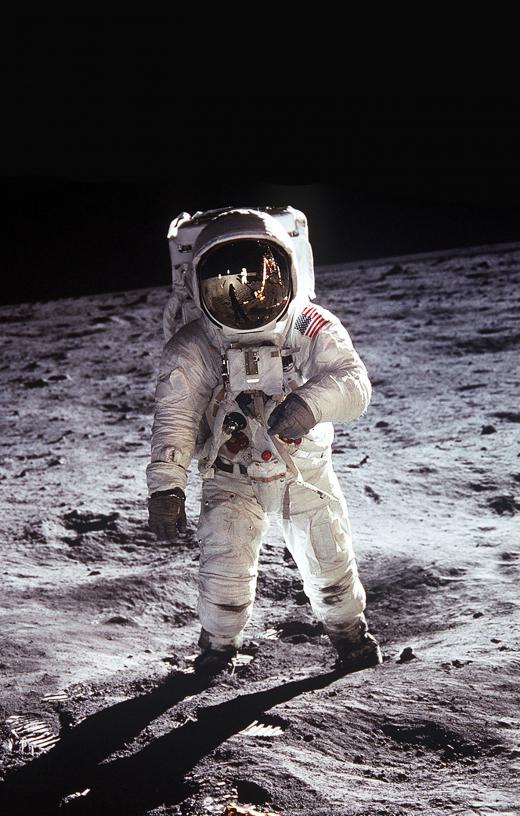What Mineral Resources Exist in Space?
 Michael Anissimov
Michael Anissimov
Outer space has extremely rich mineral resources, especially in the form of nickel and iron from iron-nickel asteroids. The asteroid 16 Psyche, a 200 km (125 mi) wide asteroid that makes up 1% of the material in the asteroid belt, contains 1.7 x 1019 kilograms of ore, enough to supply the 2007 world production requirement for millions of years. A more modest asteroid, just a kilometer in size, could contain billions of tonnes of iron-nickel ore. For reference, the annual world production of iron ore is about a billion tonnes. About 800 billion tonnes of iron ore resources exist worldwide, which seems like a lot, but if consumption rates continue to grow exponentially, it might be completely dug up in under a century, necessitating iron from elsewhere.
The concept of exploiting asteroids for minerals has been called asteroid mining. Sufficient resources exist in the asteroid belt to sustain the iron and nickel needs of our civilization for many years to come, but the high costs of space launches make their current recovery prohibitively expensive. Other resources exist on asteroids in smaller quantities, including most metals with an atomic number lower than iron. Substantial fresh water resources exist on Jupiter-family comets, but desalination is likely to be cheaper than bringing in an asteroid, even in the long run. Large Helium-3 resources exist on the surface of the Moon, which could theoretically be used to power fusion reactors.

For asteroid mining to be economically feasible, extensive robotics would need to be developed, preferably self-replicating robotics, as space mining would be a laborious and somewhat dangerous affair. Heavy in situ resource utilization would be needed to minimize the weight of material to be launched from Earth. The first asteroid mining would likely occur on Near-Earth asteroids, which are rarer than their cousins in the asteroid belt, but large and numerous enough to provide serious resources for early-stage space colonization and economic exploitation. One possible target would be 4660 Nereus, a 1-km wide asteroid whose trajectory relative to the Earth means it would require less energy to make it there than the Moon, but the trip would be longer, as it is about three times as far as the Moon at its closest approach.
AS FEATURED ON:
AS FEATURED ON:












Discussion Comments
Once everyone comes to grips with teleporting devices, they most likely will simply laser the asteroids into proper sections and beam them down to a safe mining location on earth or the moon for processing. It's amusing to read peoples response about going there to mine them. We will simply dematerialize the large pieces and transport them to a safe destination for processing. America already has such a device but not at the scale necessary to achieve at this stage of the game. Maybe in your kids' lifetimes.
Yes, mining asteroids does sound like a good idea, even though the actual mining may be years and decades away. We all know how much damage can be caused as a result of mining for minerals here on earth.
Even if you aren't concerned about the environmental harm mining causes, you should consider that it has been estimated that in less than 100 years we will start to see a shortage in the raw minerals we depend on for industrial uses here on earth.
The means to mine asteroids does exist. Most of the things we need to mine asteroids are available in space. Of course, we would have to build fuel stations, but the asteroids contain water. This means we could develop a system for making fuel from liquid hydrogen and liquid oxygen.
When I think of space exploration I imagine men and women establishing colonies and military forces flying space ships in space protecting the property of their respective countries. However, unlike what we see on TV, miners searching for metal is more probable than the first two scenarios, at least in the beginning stages of exploration.
However, as the final paragraph in this article mentions, the financial feasibility of mining asteroids and mining any other bodies in space in general is most likely a long way off. Scientists have estimated that with current technology, bringing a thousand U.S. dollars worth of minerals from an asteroid and back to earth could cost hundreds of millions of dollars.
As the article mentions, advanced robots may one day make the cost of asteroid mining worthwhile, but for now, insufficient resources exist to make this more than a dream.
Post your comments